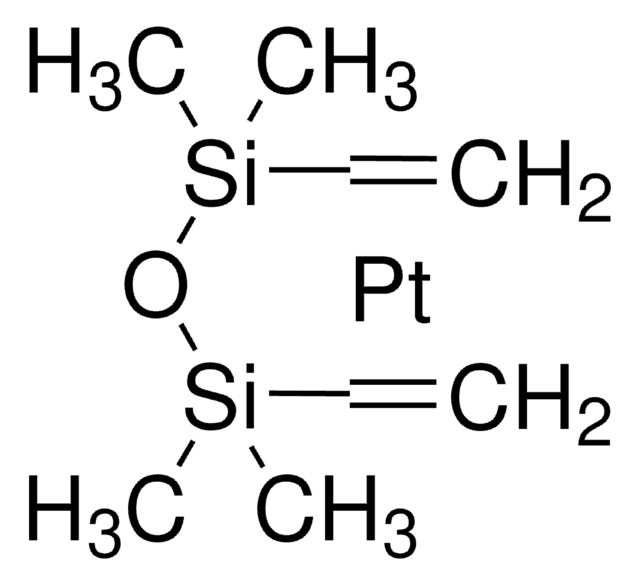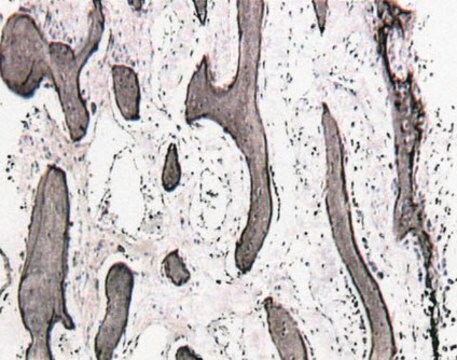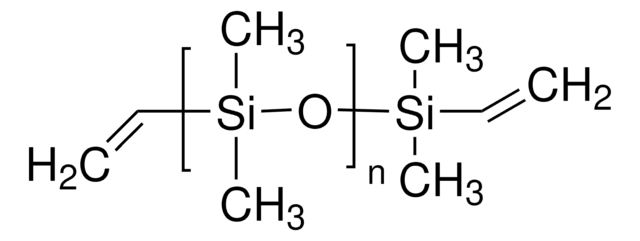General description
Caveolin-1 (UniProt: Q03135) is encoded by the CAV1 (also known as CAV) gene (Gene ID: 857) in human. Three caveolin genes are expressed in mammals and are designated as caveolin-1, -2, and -3. Most mammalian tissues express at least one of these isoforms. Caveolin-1 is expressed in skeletal muscle, liver, stomach, lung, brain, kidney and heart. Caveolin-1 and -2 are usually co-expressed and assemble into hetero-oligomers in the endoplasmic reticulum and Golgi apparatus. Two isoforms of caveolin-1 have been reported that are produced by alternative initiation. It has two cytoplasmic domains (aa 2-104 and 126-178) and an intramembrane domain (aa 105-125). The primary structure of caveolin-1 contains two serine residues, both residing in a phosphorylation consensus sequence and flanked by a regulatory scaffolding domain. Serine 37 site represents a PKC consensus site, while Serine 88 is believed to be phosphorylated by CK II alpha. Caveolin-1 acts as a scaffolding protein within caveolar membranes and is shown to interact directly with G-protein alpha subunits to functionally regulate their activity. It is also involved in the costimulatory signal essential for T-cell receptor (TCR)-mediated T-cell activation. It can bind to DPP4 and induce T-cell proliferation and NF-kappa-B activation in a T-cell receptor/CD3-dependent manner. Mutations in CAV1 gene are known to cause Congenital generalized lipodystrophy 3 that is characterized by a near complete absence of adipose tissue, extreme insulin resistance, hypertriglyceridemia, and early onset of diabetes. Some mutations have also been linked to primary pulmonary hypertension with plexiform lesions of proliferating endothelial cells in pulmonary arterioles leading to elevated pulmonary arterial pression, right ventricular failure, and death. (Ref.: Liu, P., et al. (2002). J. Biol. Chem. 277 (44); 41295-41298; Garver, WS., et al. (1999). Biocheim. Biophys. Acta 143 (1453); 193-206).
Specificity
This rabbit polyclonal antibody specifically detects Caveolin-1 phosphorylated on Serine 37.
Immunogen
KLH-conjugated linear peptide corresponding to 12 amino acids surrounding phospho Serine 37 from the N-terminal region of human Caveolin-1. The immunogen sequence is conserved in mouse and rat.
Application
Anti-phospho-Caveolin-1 (Ser37), Cat. No. ABS1007, is a rabbit polyclonal antibody that detects Caveolin-1 phosphorylated on Serine 37 and has been tested for use in Peptide Inhibition Assay and Western Blotting.
Peptide Inhibition Analysis: A Caveolin-1 phosphopeptide (Ser37) blocked the detection of phospho-Caveolin-1 (Ser37) in lysates of A431 cells treated with Sodium Pervanadate.
Research Category
Signaling
Quality
Evaluated by Western Blotting in A431 cells treated with sodium pervanadate.
Western Blotting Analysis: A 1:500 dilution of this antibody detected phospho-Caveolin-1 (Ser37) in A431 cells treated with sodium pervanadate (5 mM, 30 minutes).
Target description
~21 kDa observed; 20.47 kDa calculated. Uncharacterized bands may be observed in some lysate(s).
Physical form
Affinity Purified
Purified rabbit polyclonal antibody in buffer containing 0.1 M Tris-Glycine (pH 7.4), 150 mM NaCl with 0.05% sodium azide.
Storage and Stability
Stable for 1 year at 2-8°C from date of receipt.
Other Notes
Concentration: Please refer to lot specific datasheet.
Disclaimer
Unless otherwise stated in our catalog or other company documentation accompanying the product(s), our products are intended for research use only and are not to be used for any other purpose, which includes but is not limited to, unauthorized commercial uses, in vitro diagnostic uses, ex vivo or in vivo therapeutic uses or any type of consumption or application to humans or animals.







